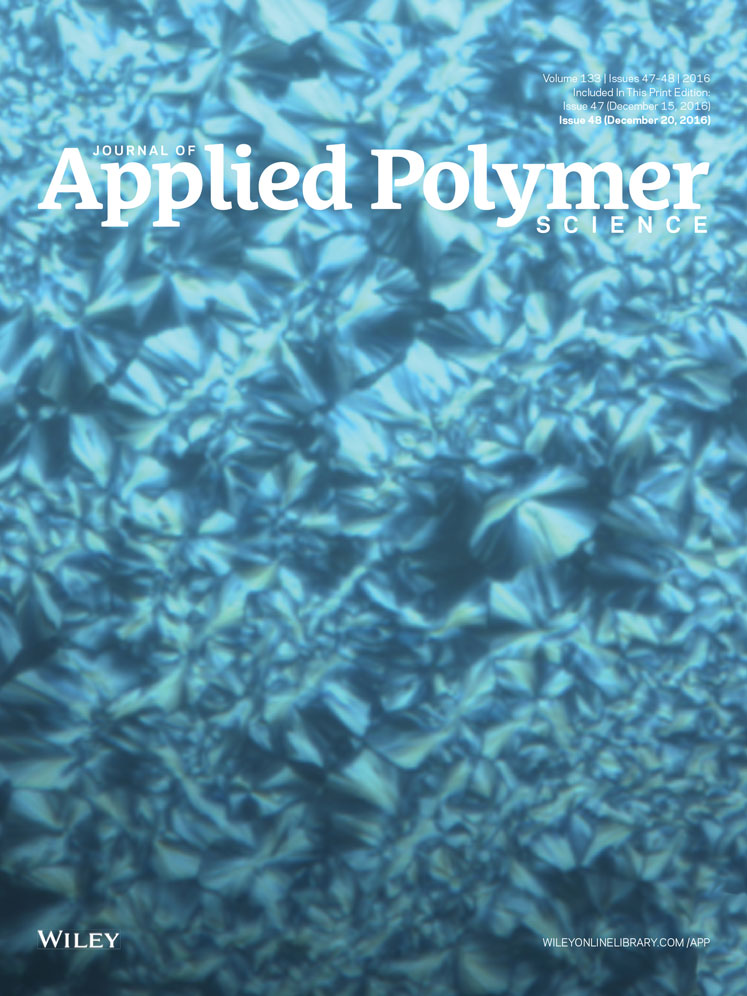Cracking energy density calculation of hyperelastic constitutive model and its application in rubber fatigue life estimations
ABSTRACT
The finite deformation of rubber under multiaxial stress will finally result in its fatigue failure. The ability to predict the effects of complex strain histories on fatigue life is a critical need. The cracking energy density (CED) distribution characteristics in the finite deformation and rubber fatigue life estimated by the CED criterion are investigated. Then the influences of the crack orientation angle θ and the principal stretch ratio λ on the relationship between CED and strain energy density (SED) are obtained. Finally, the results are used for predicting the fatigue life of rubber material and are compared to experimental values. The results indicate that the ratios of the predicted lives based on the CED damage parameter and measured lives are within two times scatter factor and that of the predicted lives based on the SED damage parameter and measured lives are greatly influenced by the crack orientation angle θ. The rubber fatigue life has great relationship with the angle of the crack plane normal vector and the first principal stretch direction. © 2016 Wiley Periodicals, Inc. J. Appl. Polym. Sci. 2016, 133, 44195.




